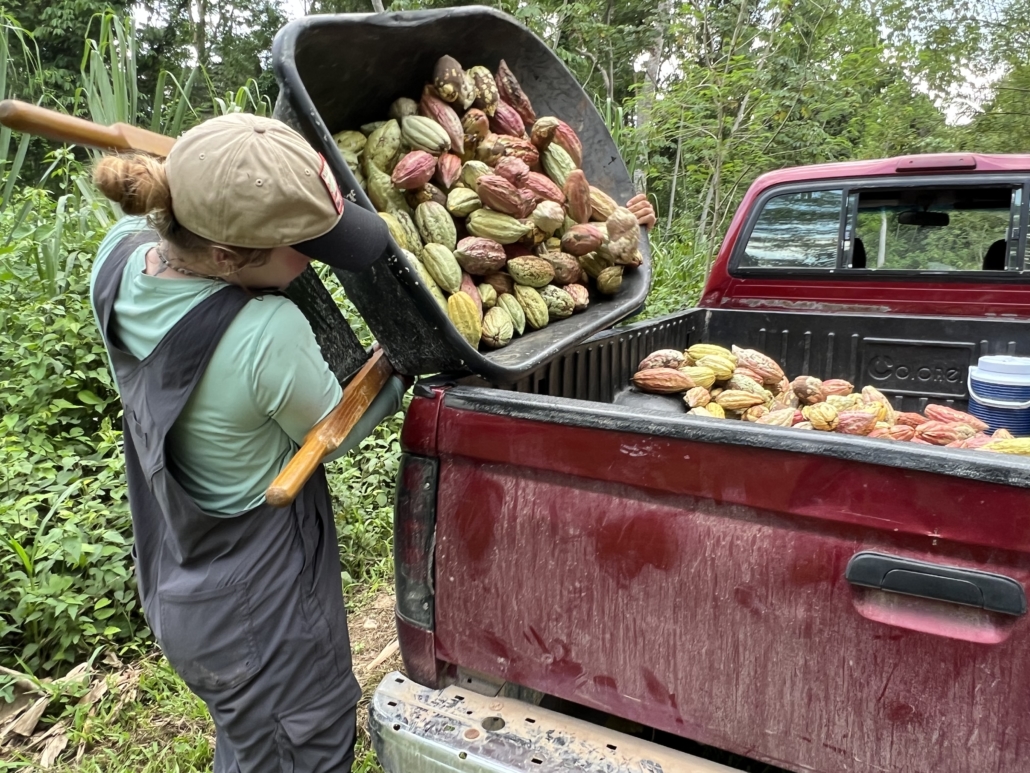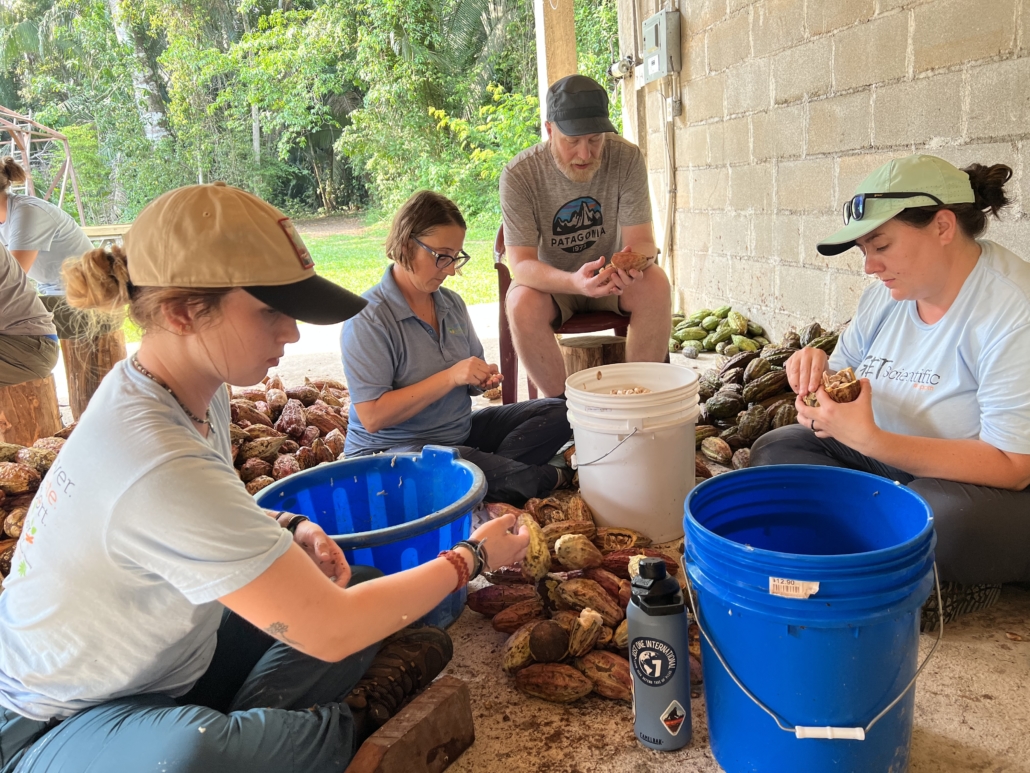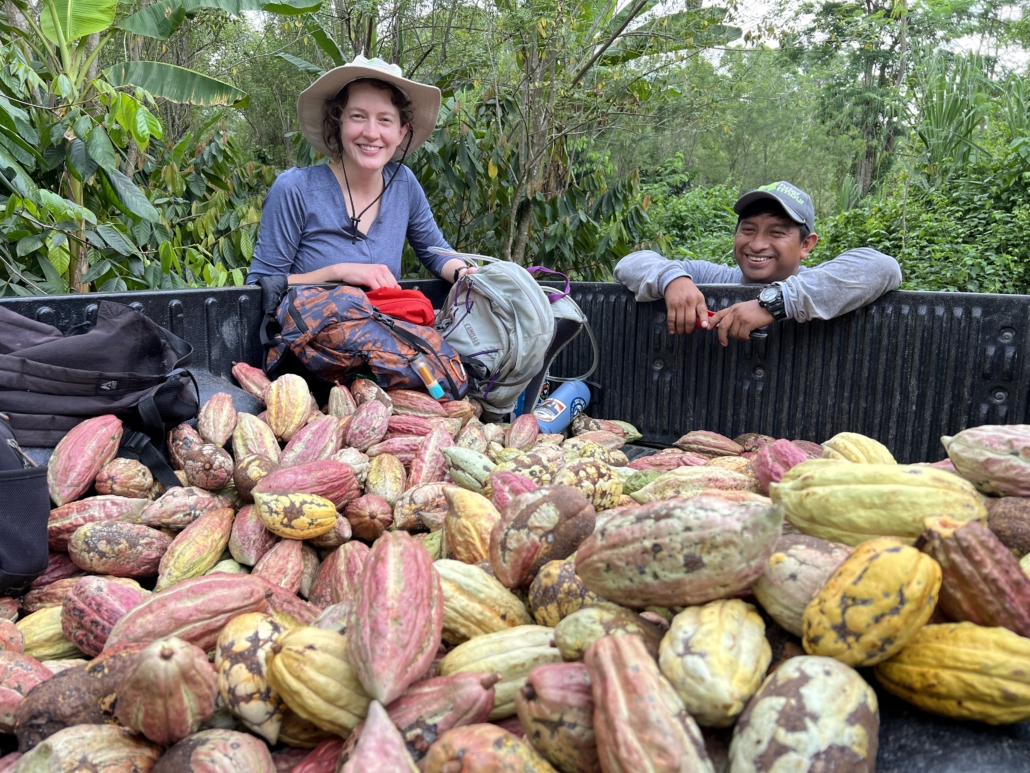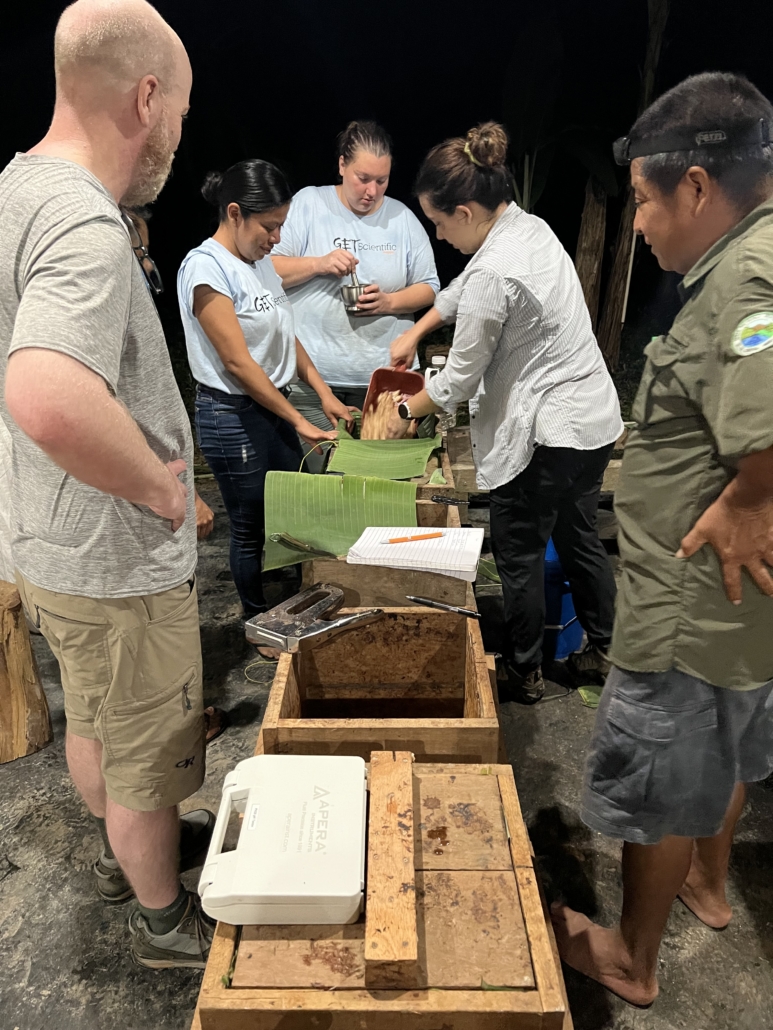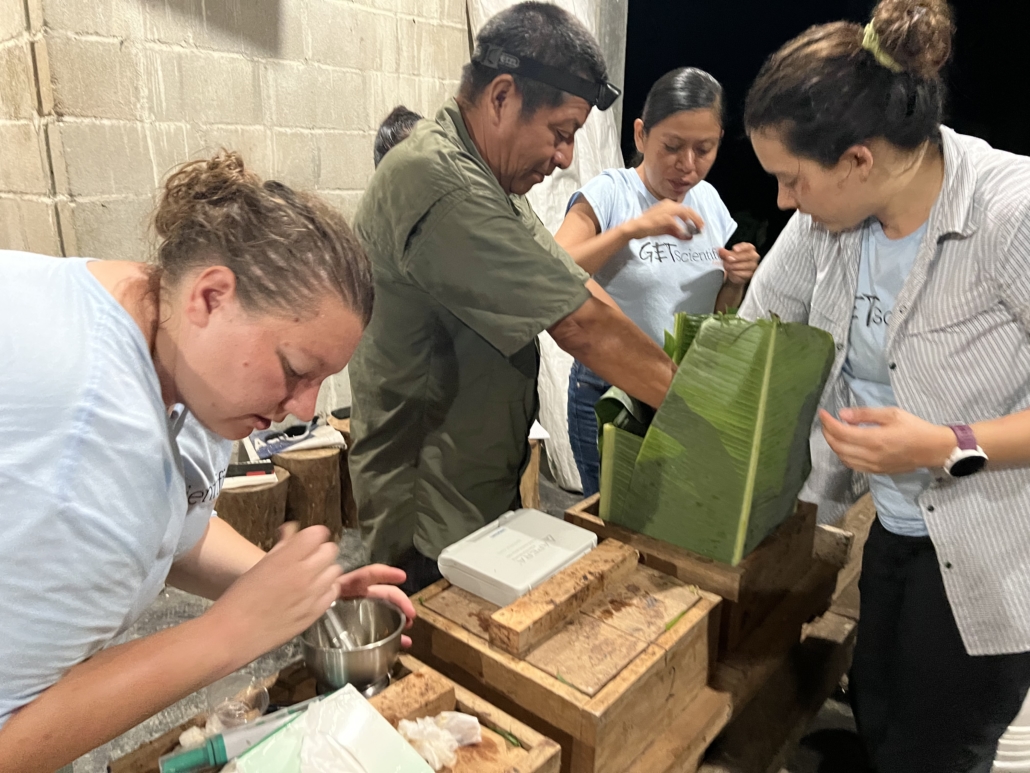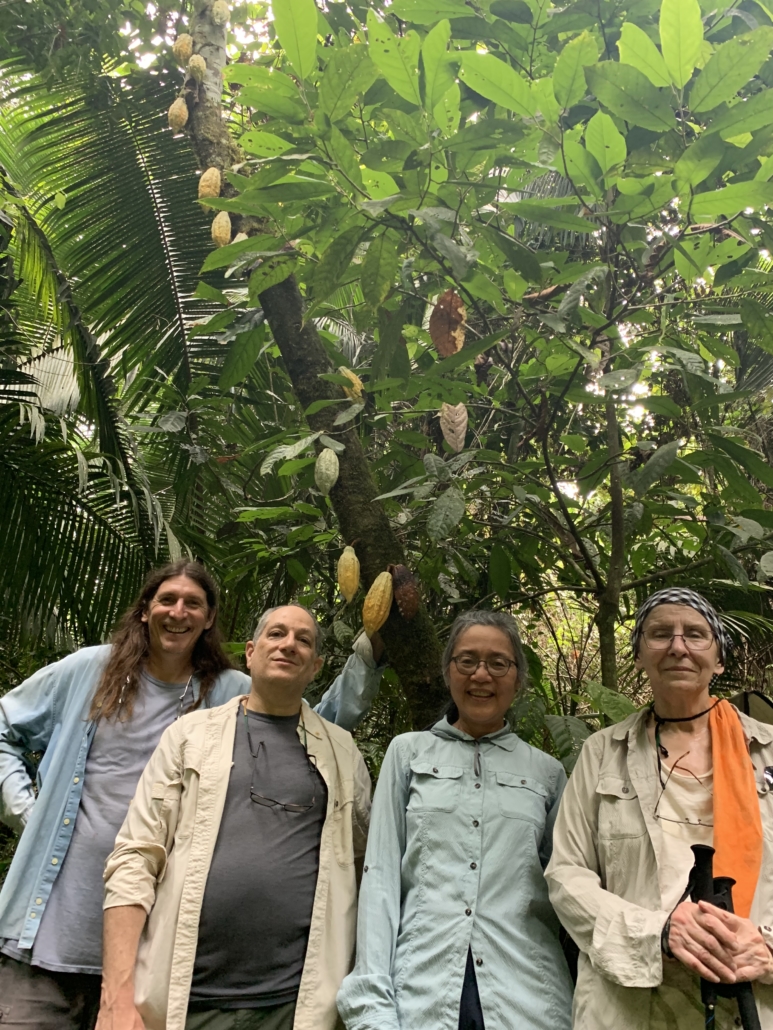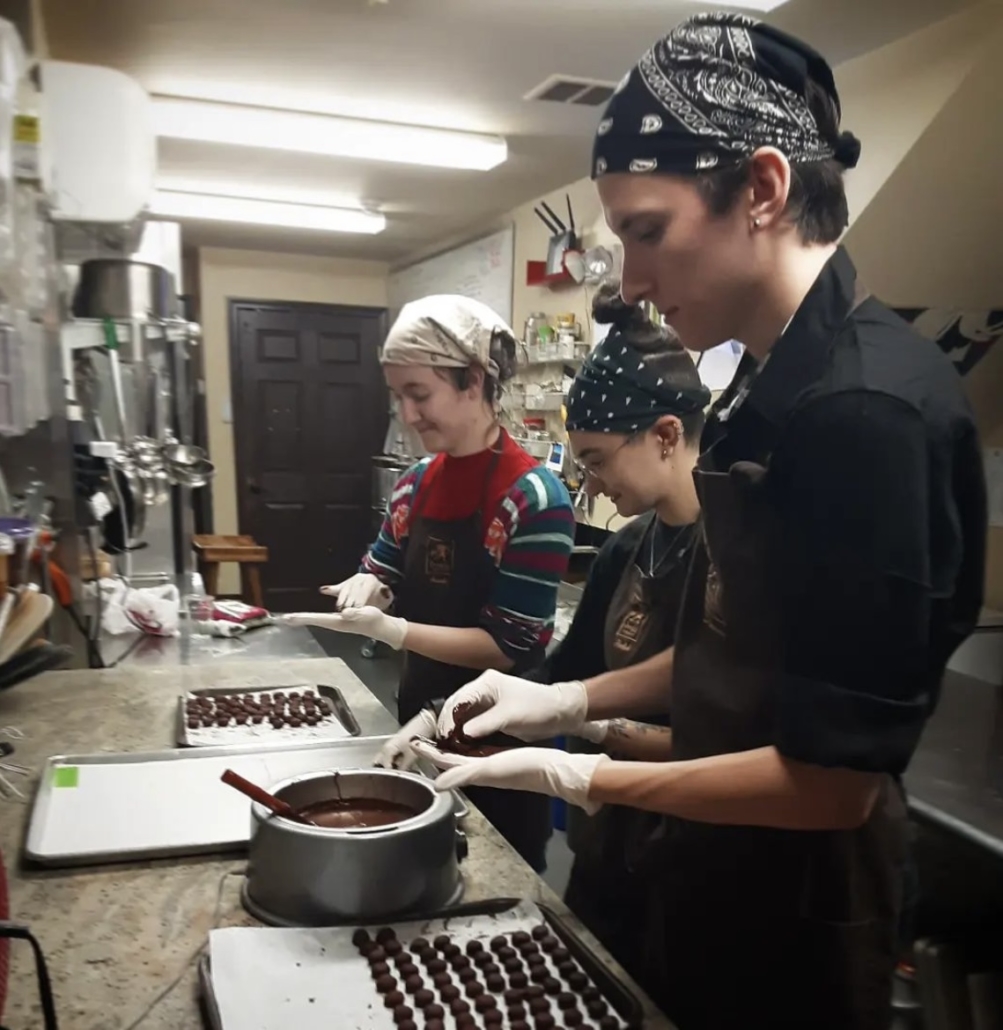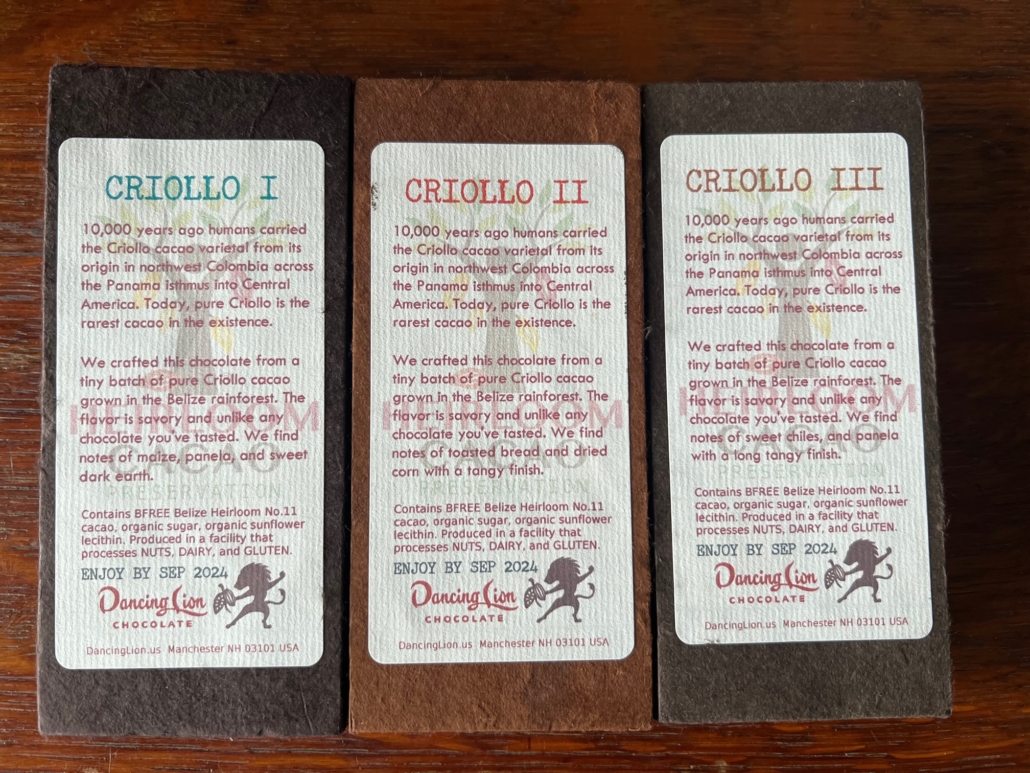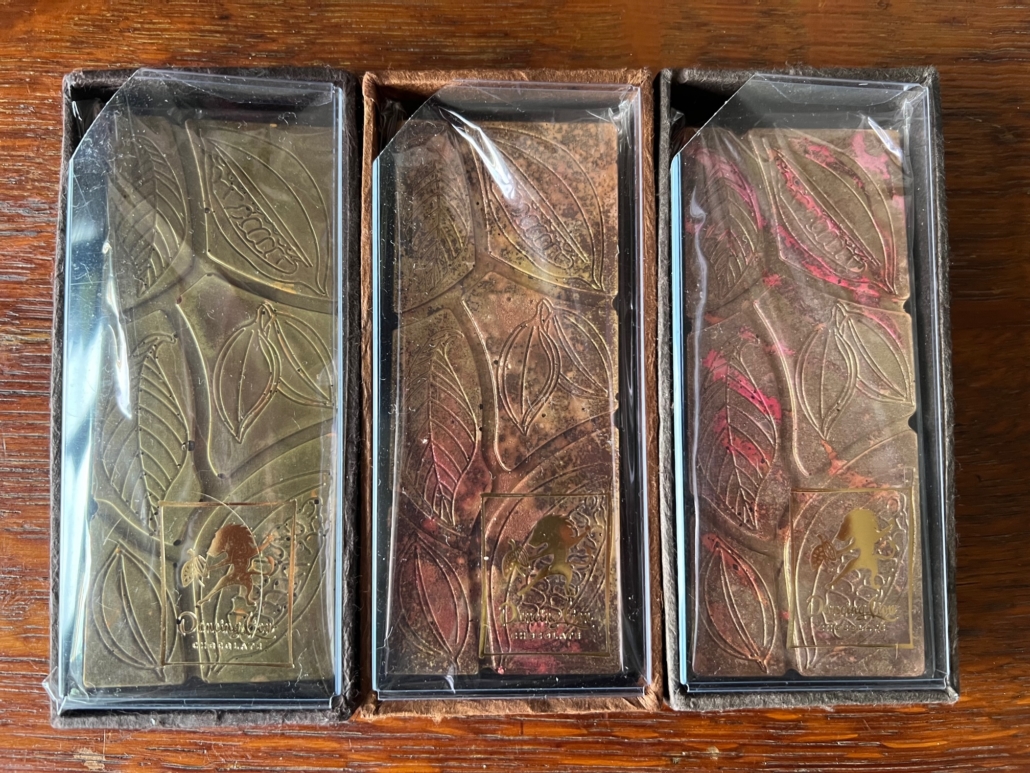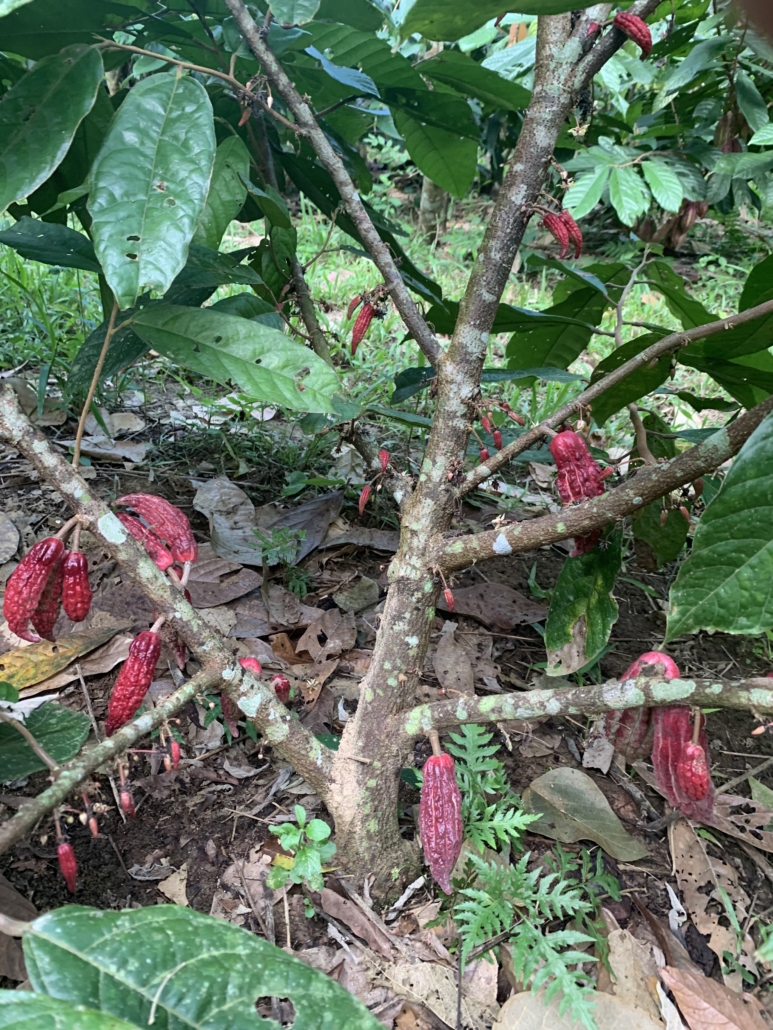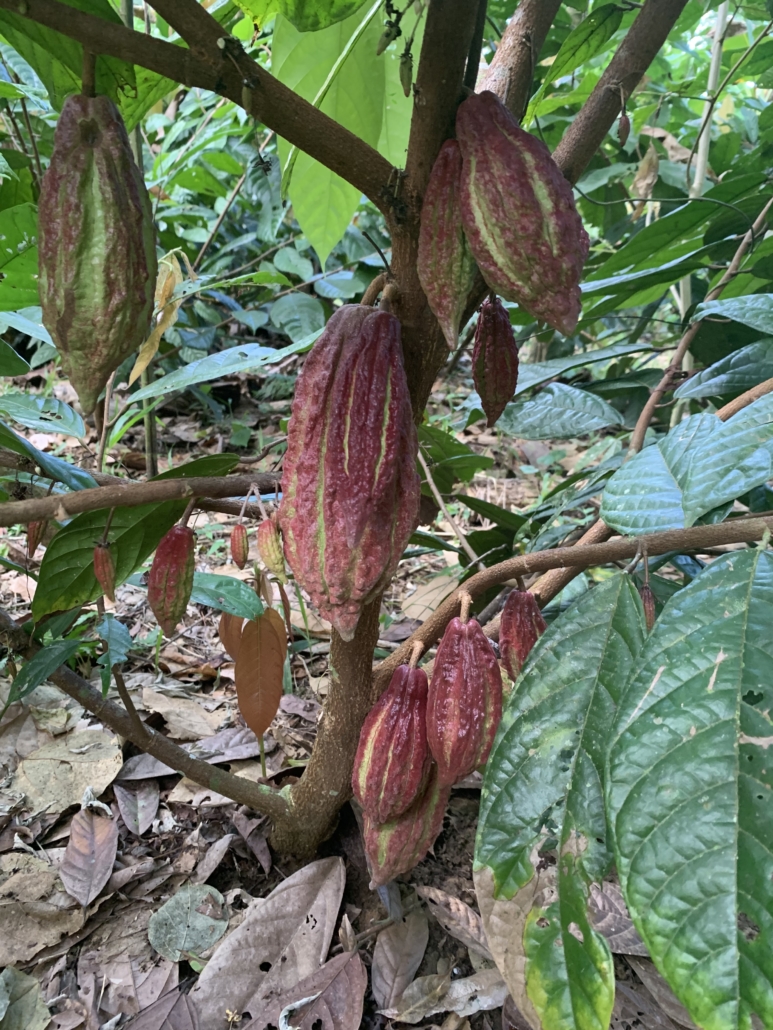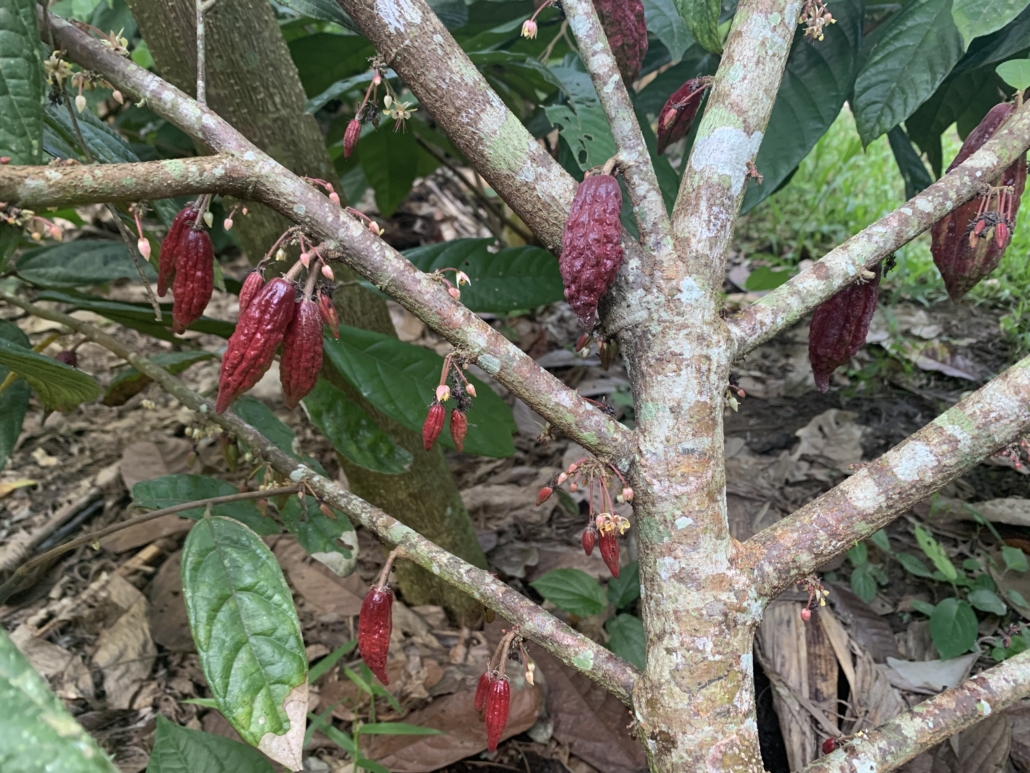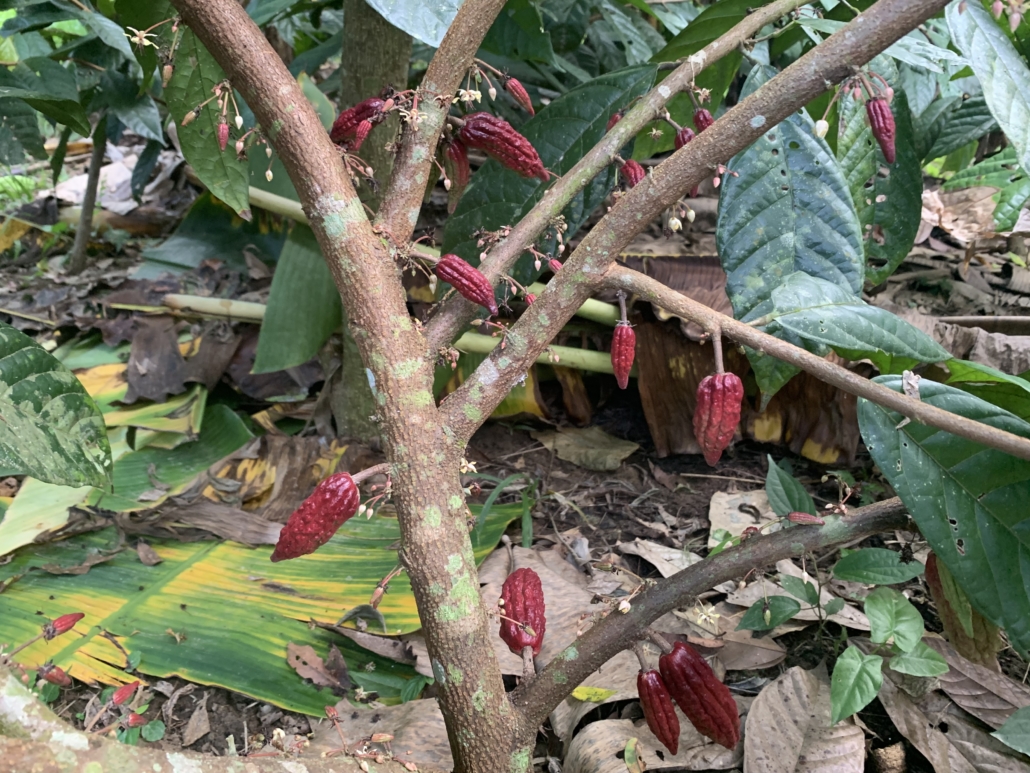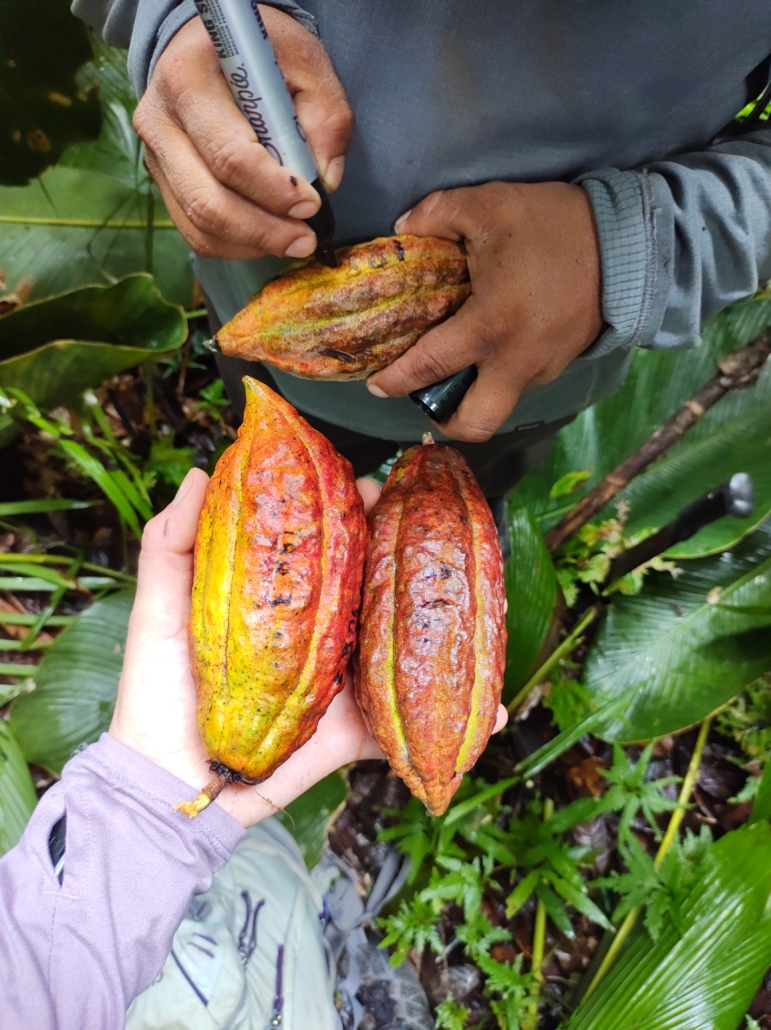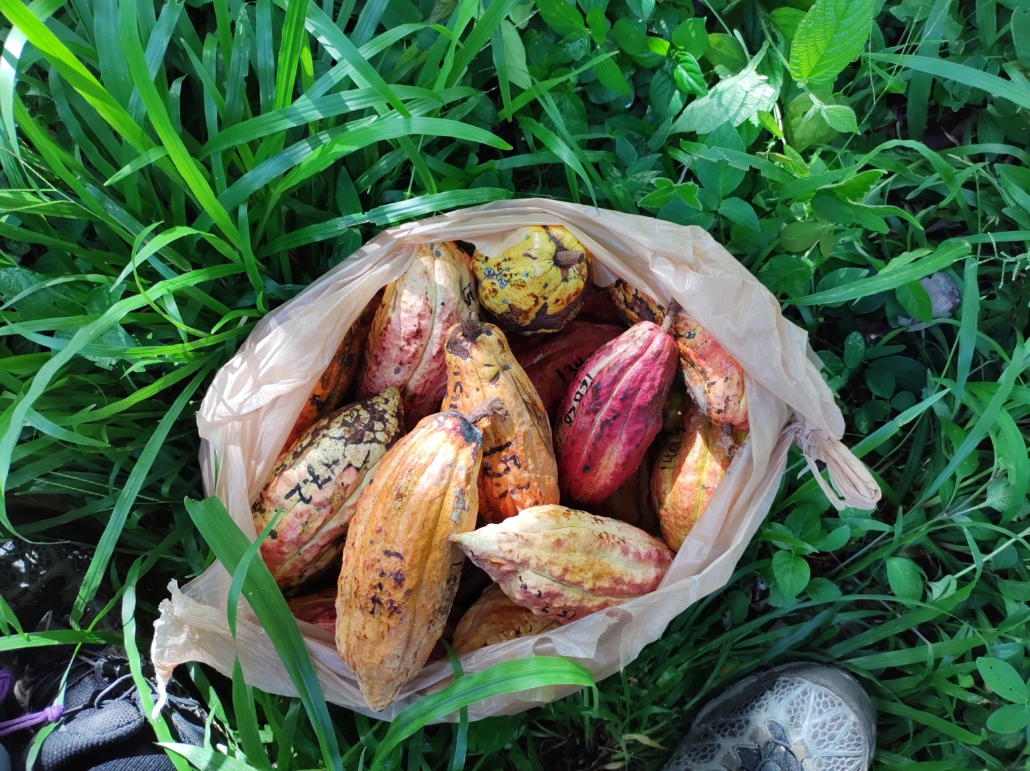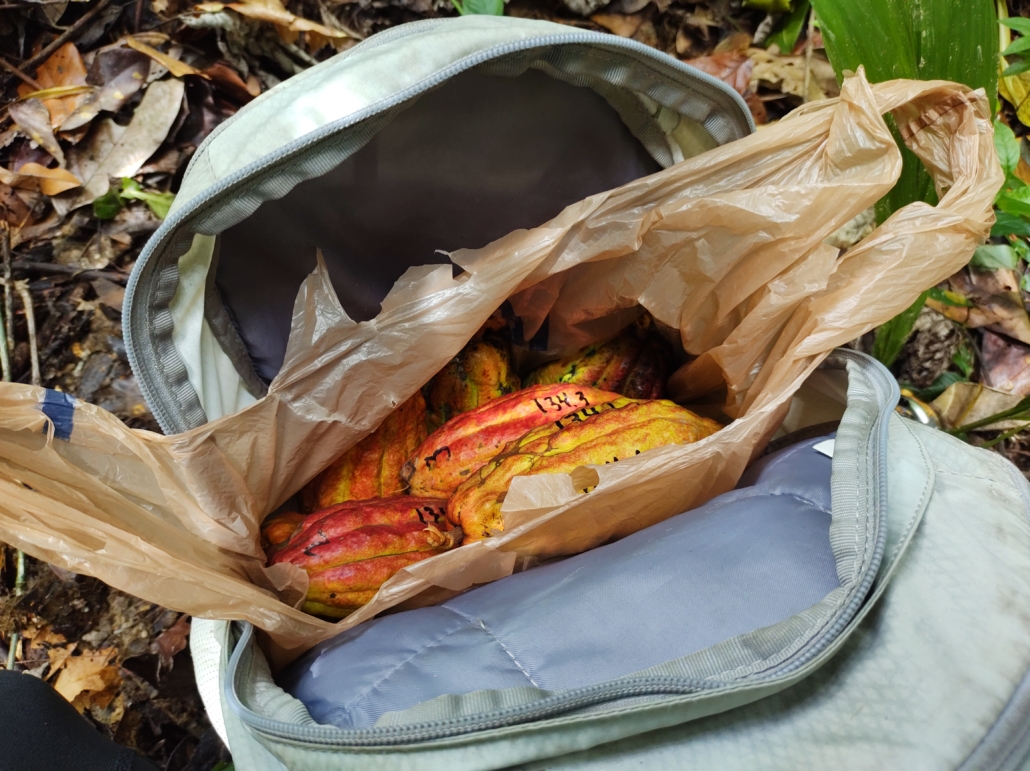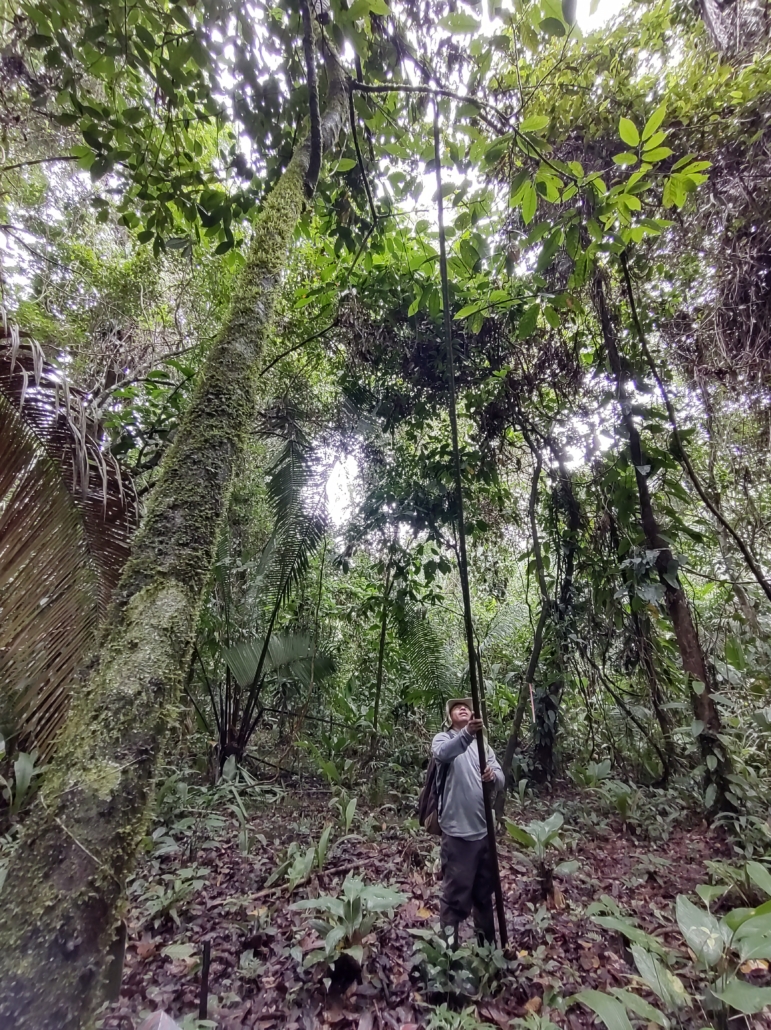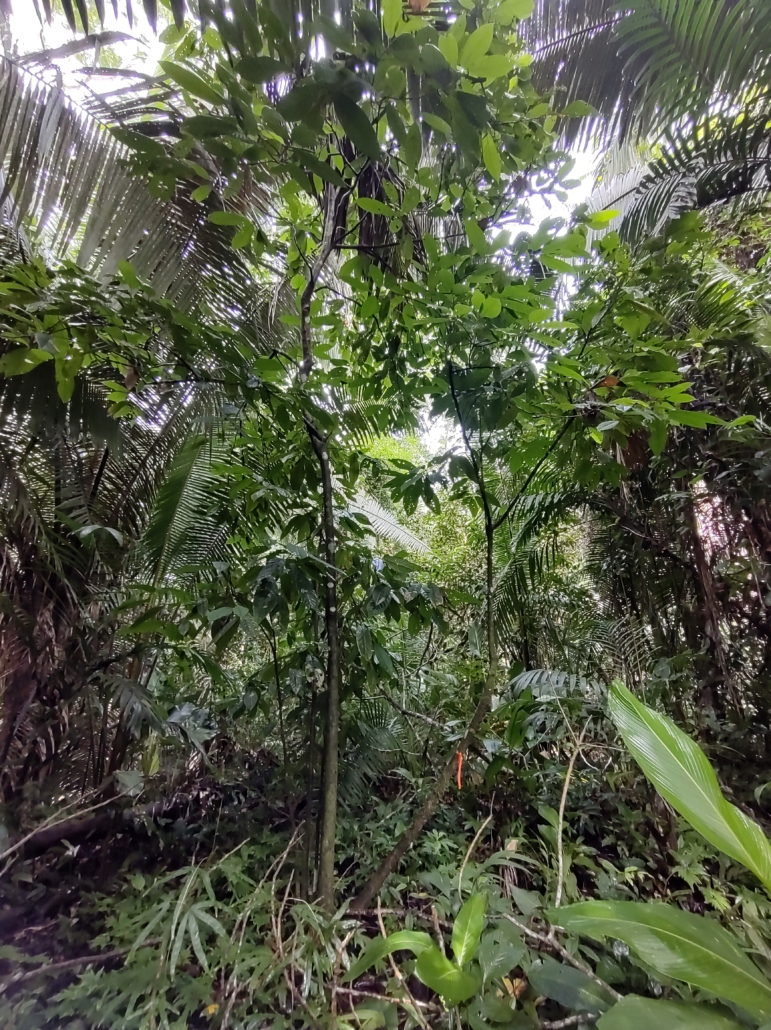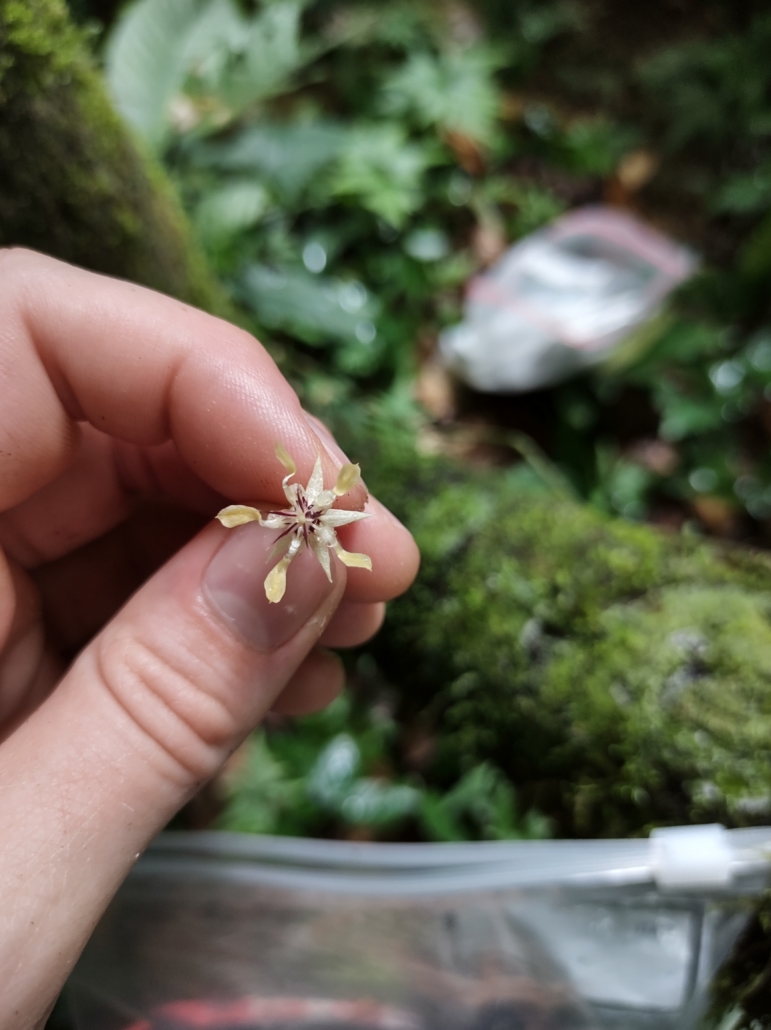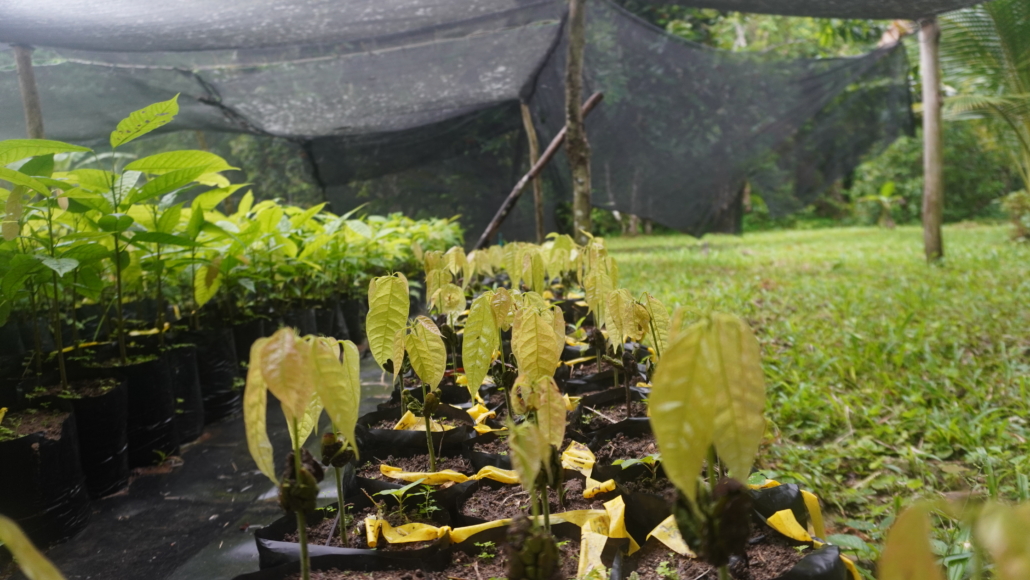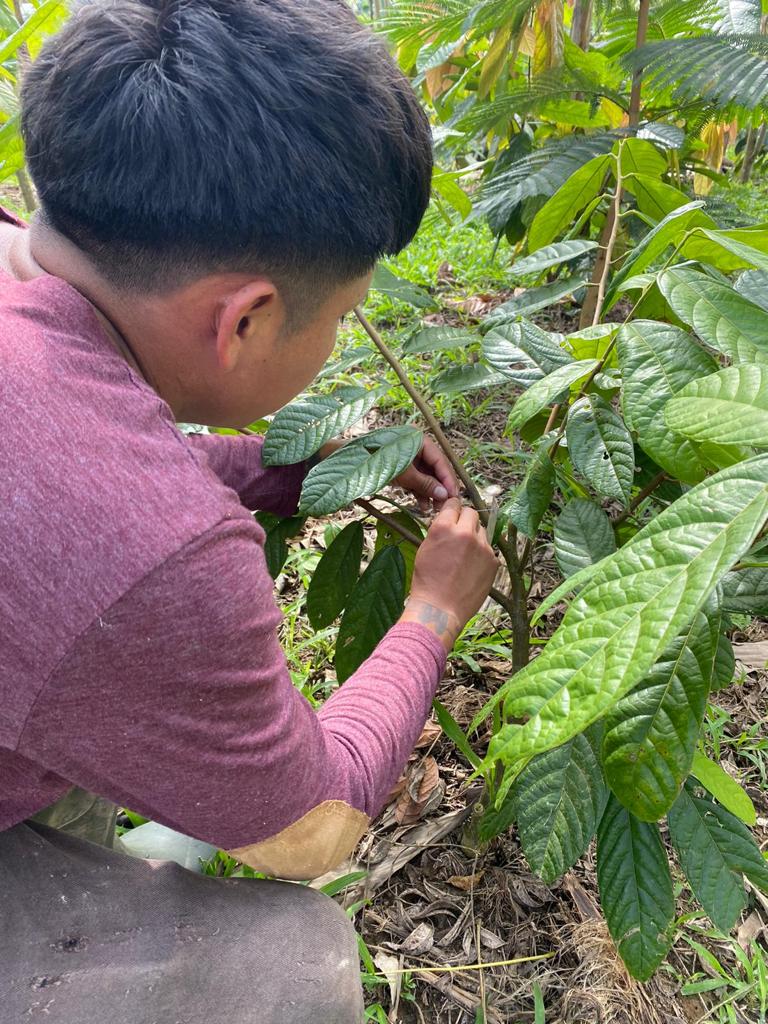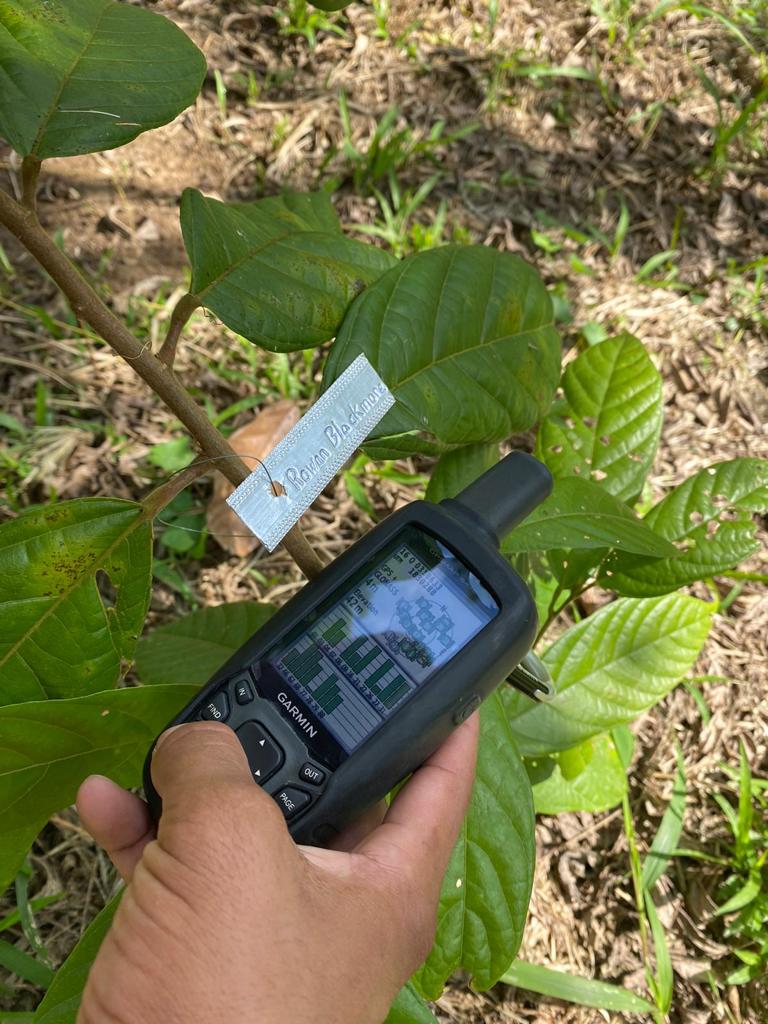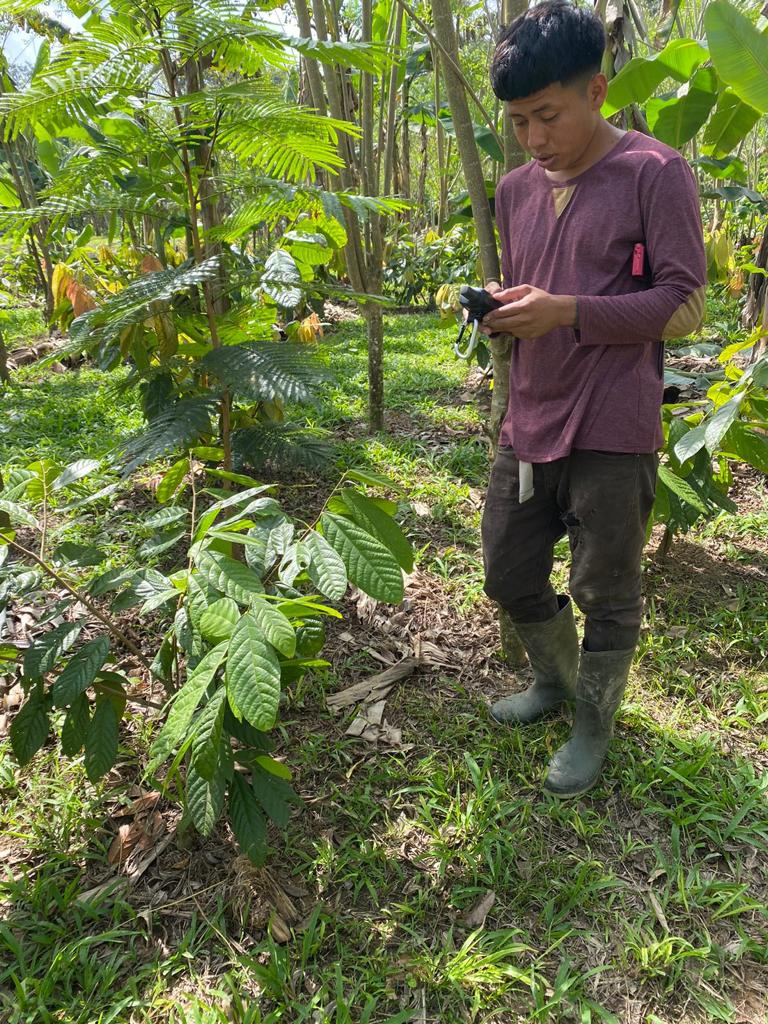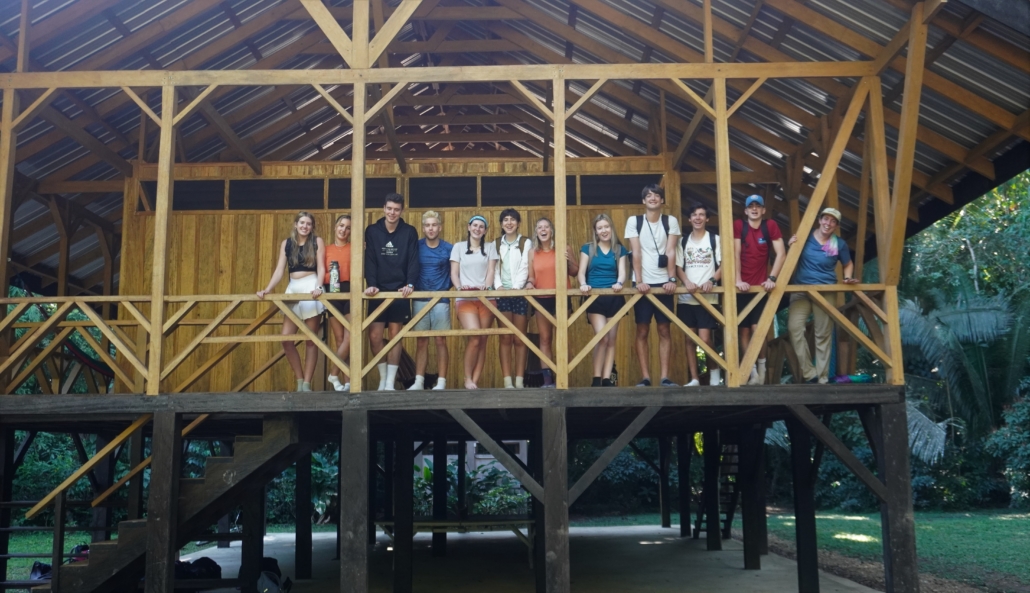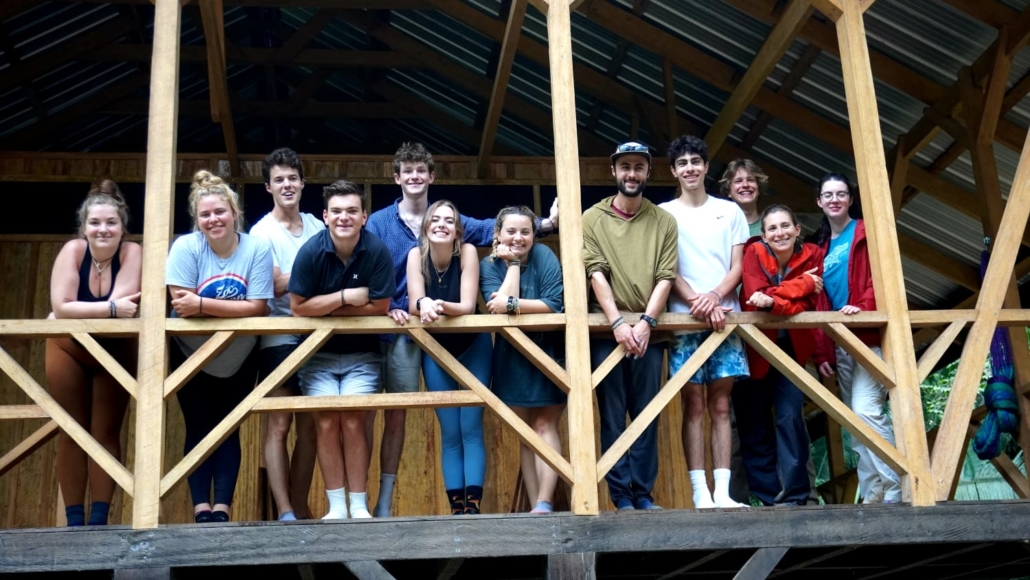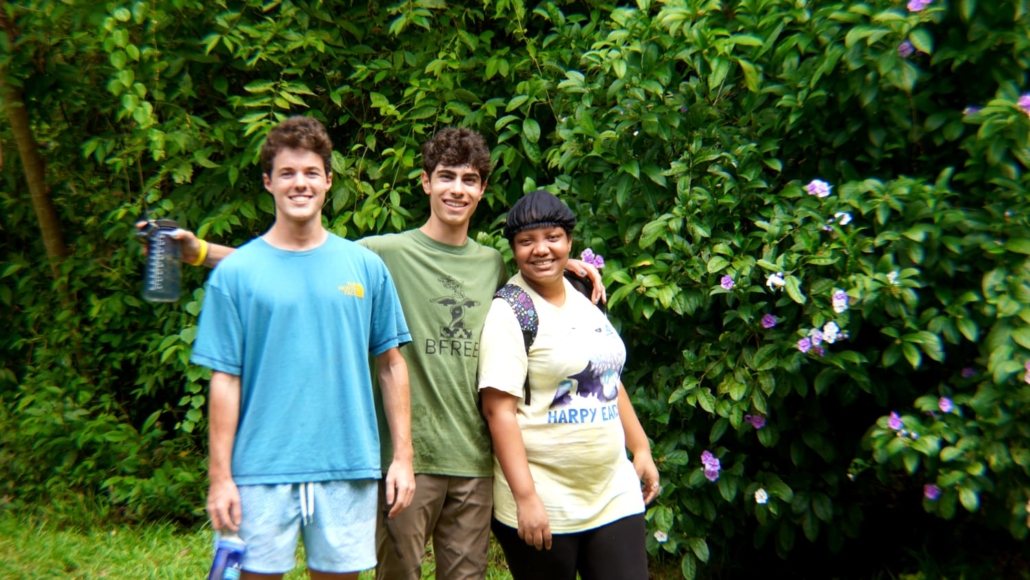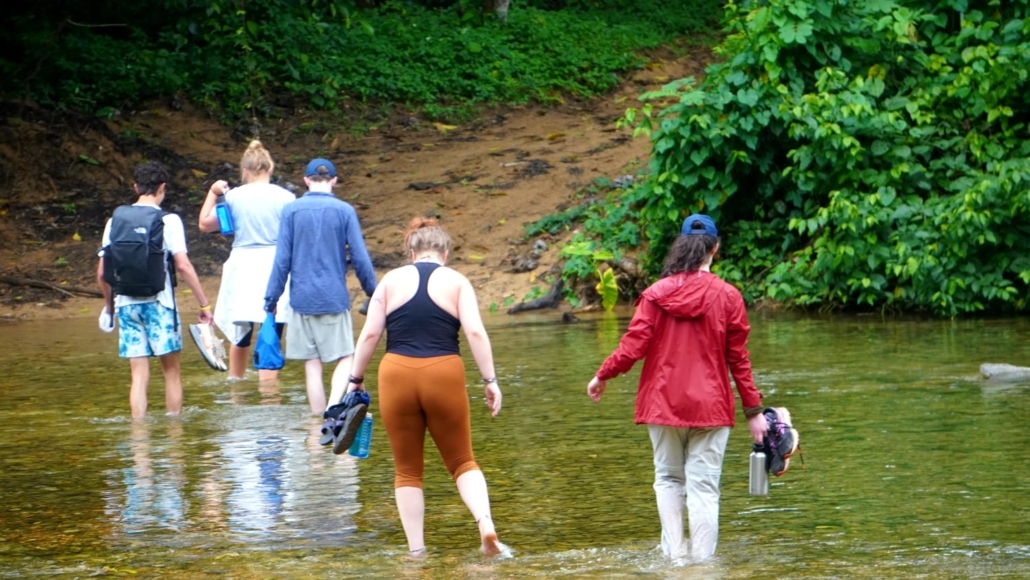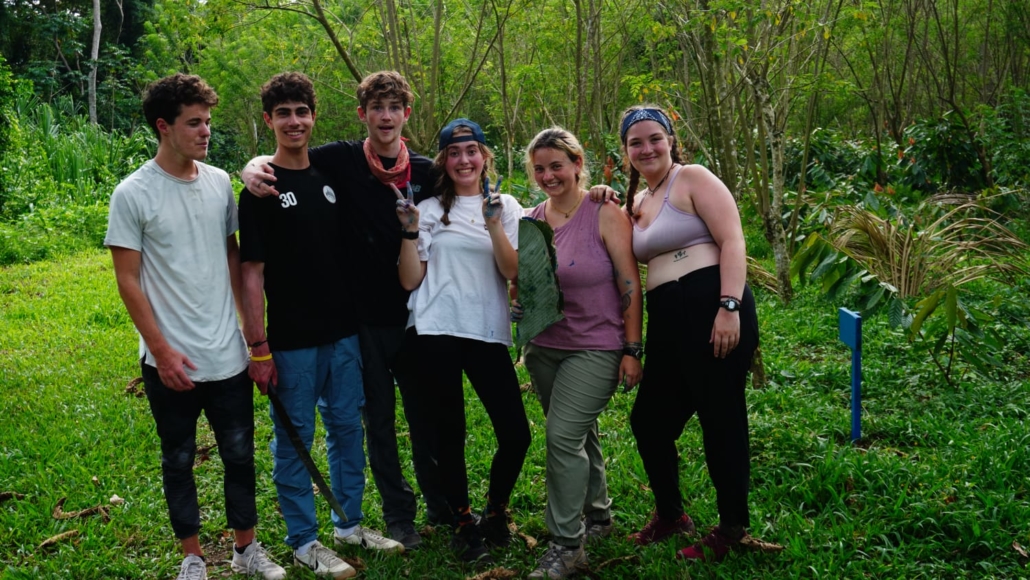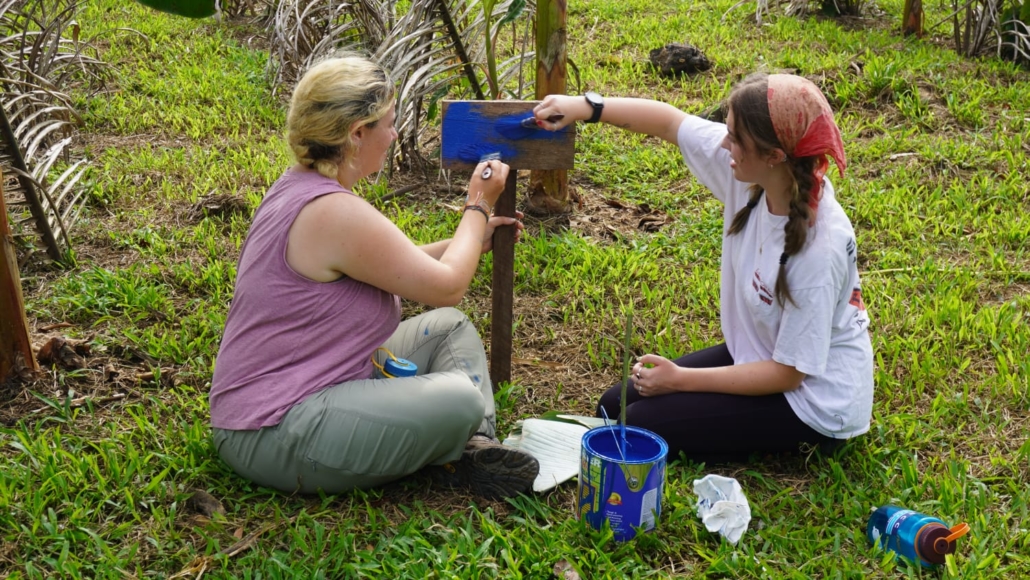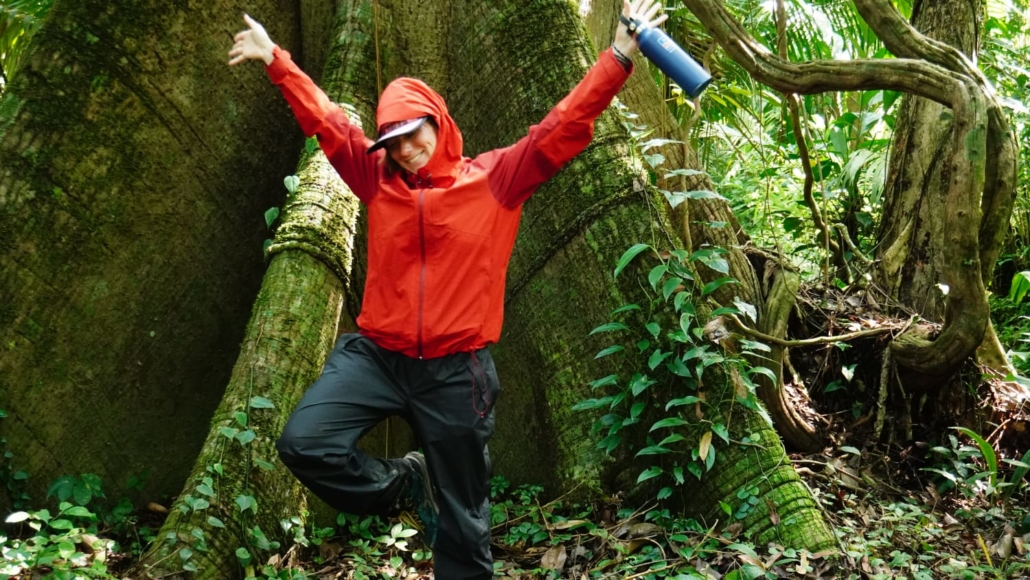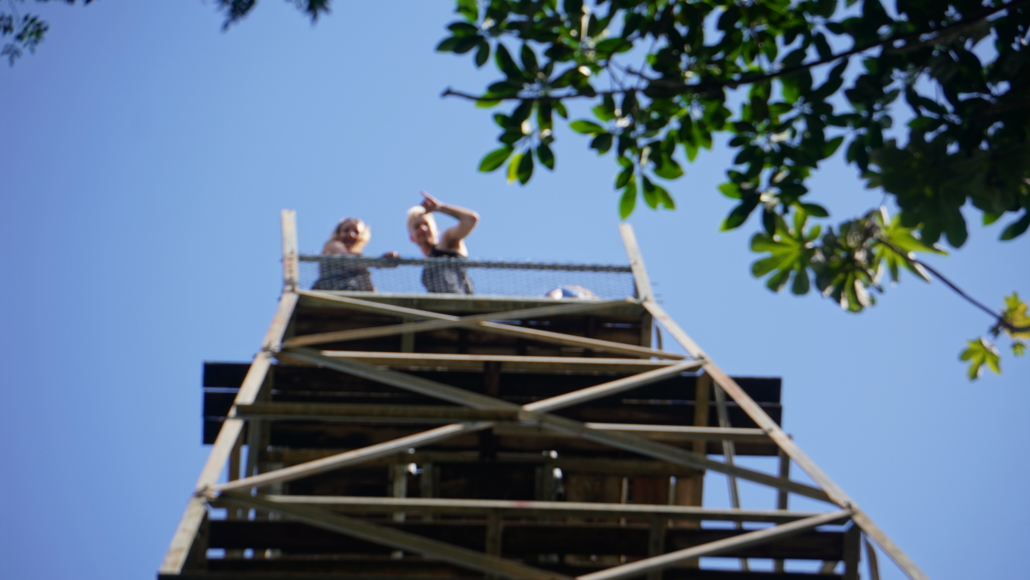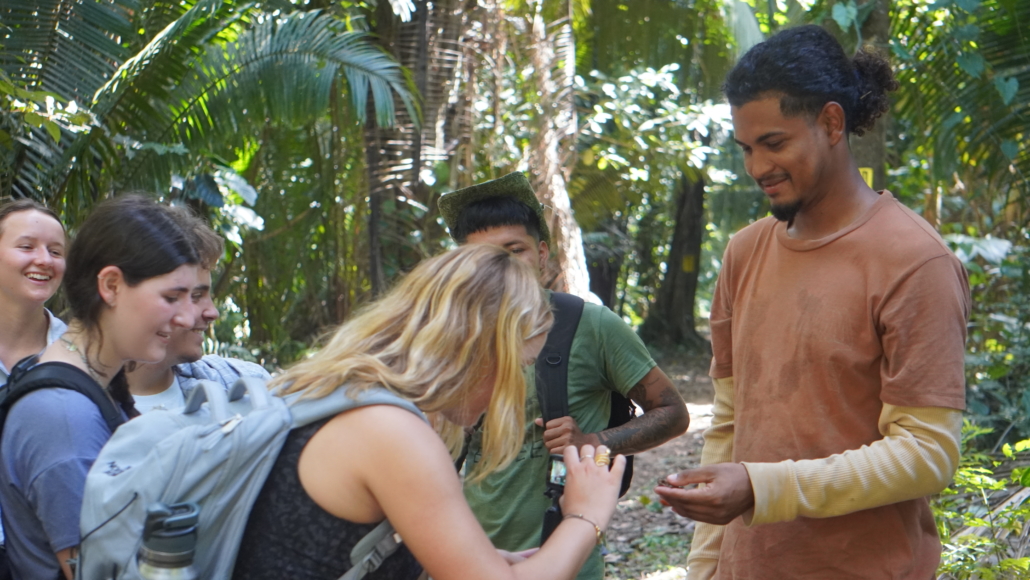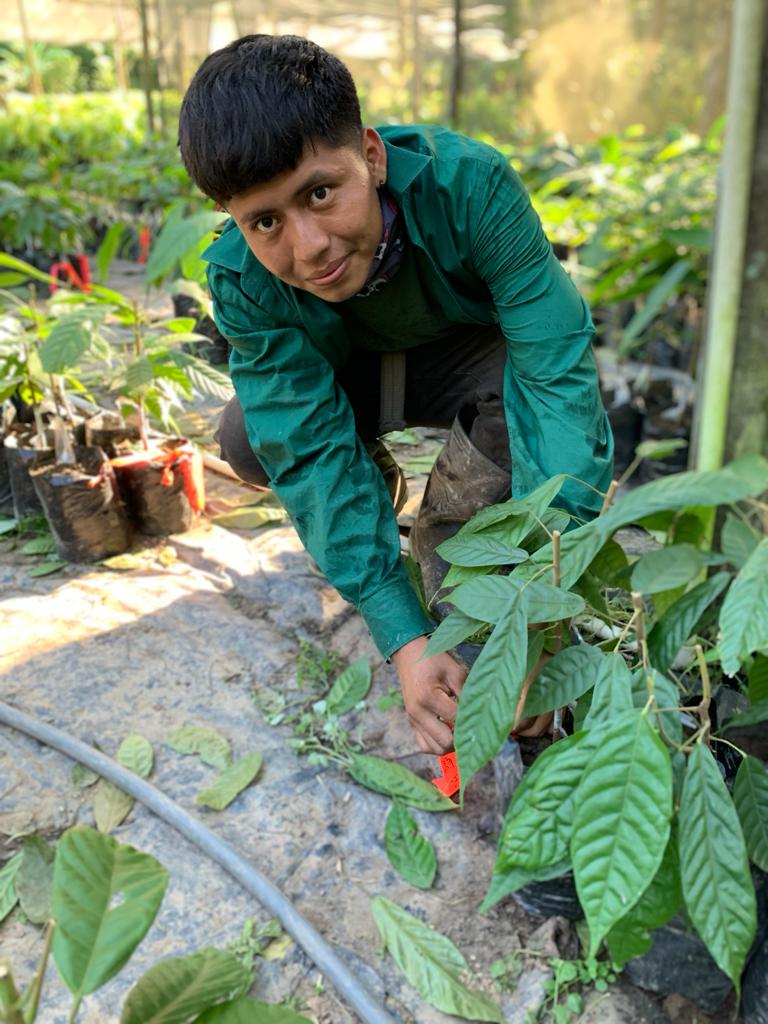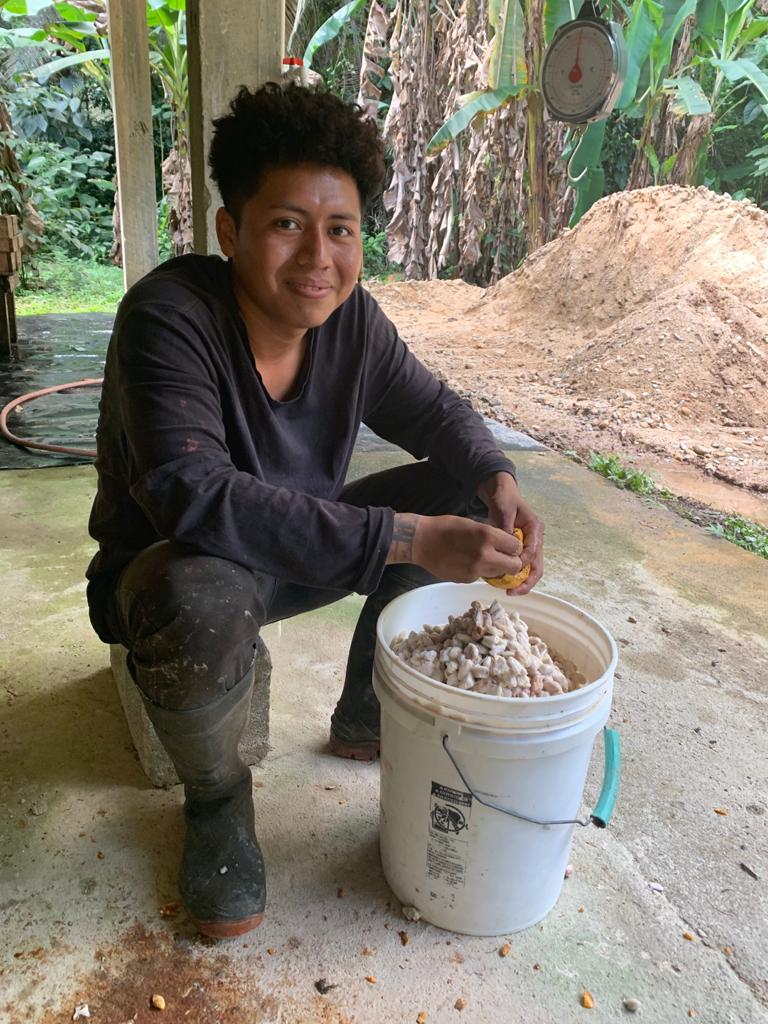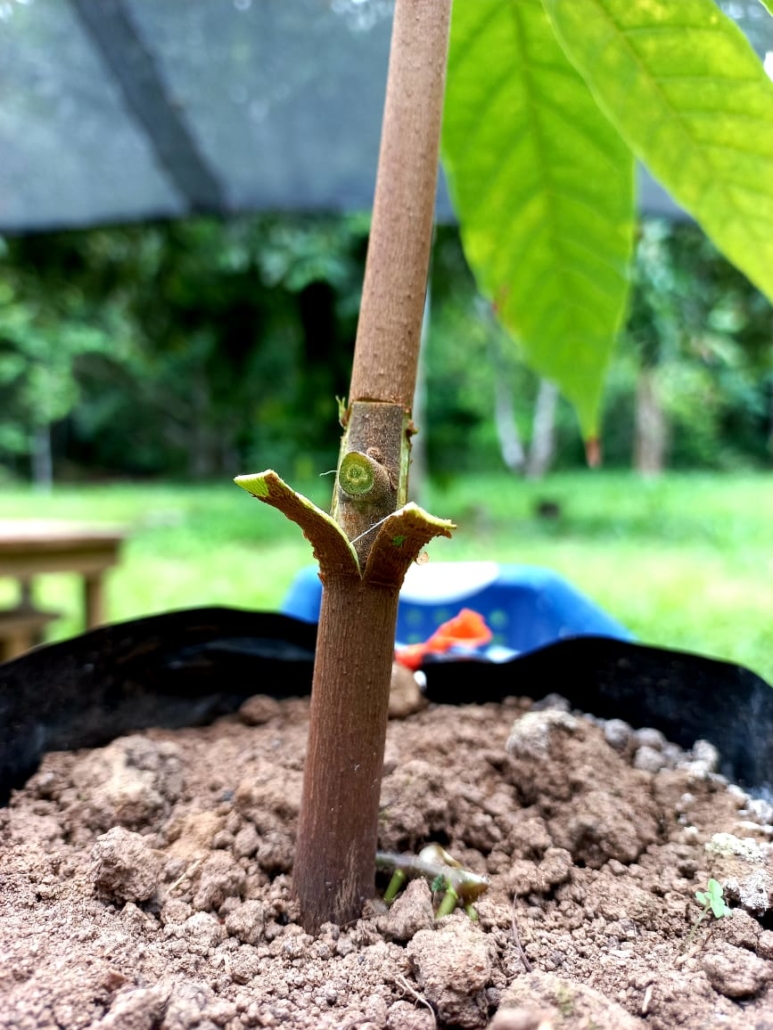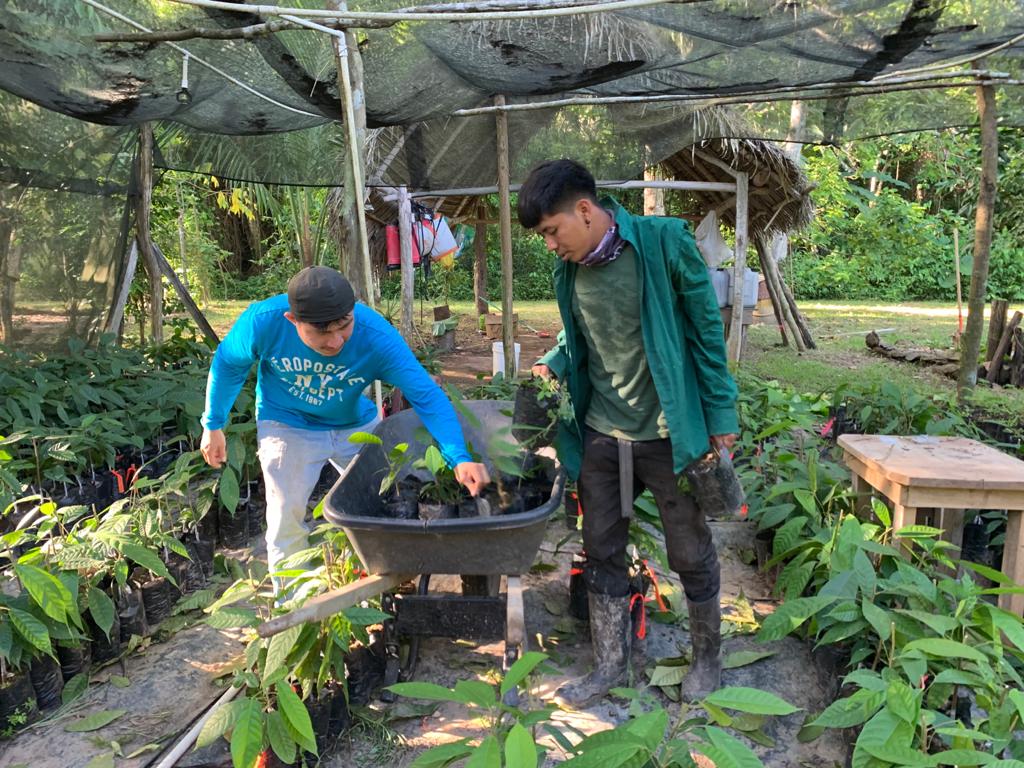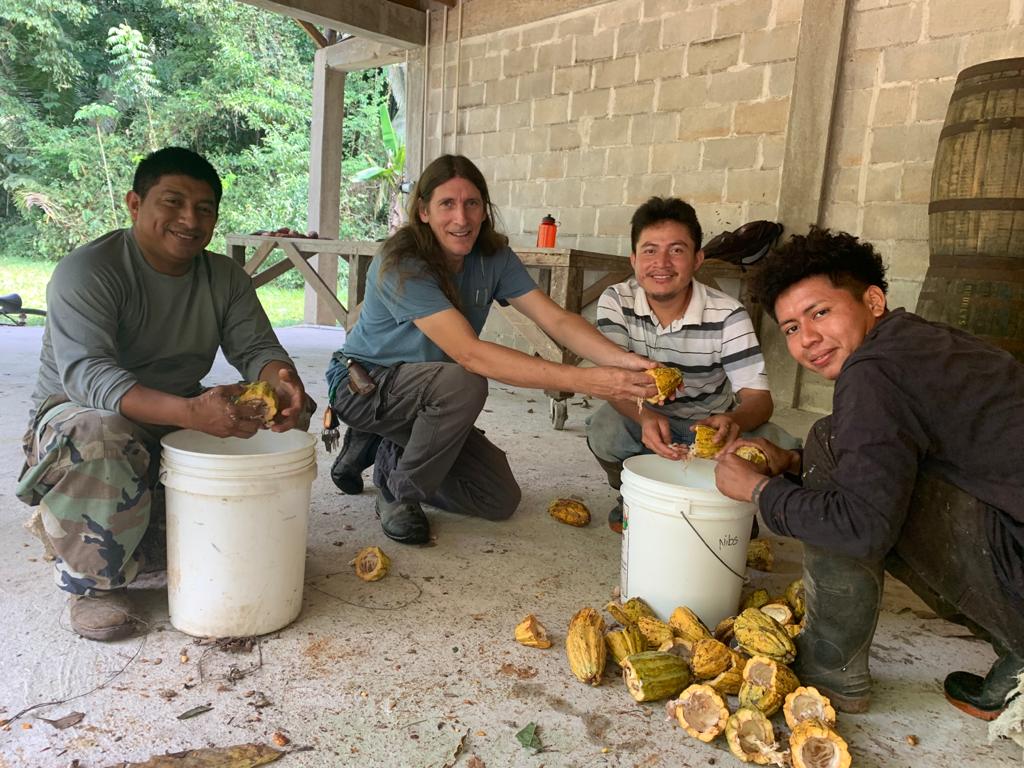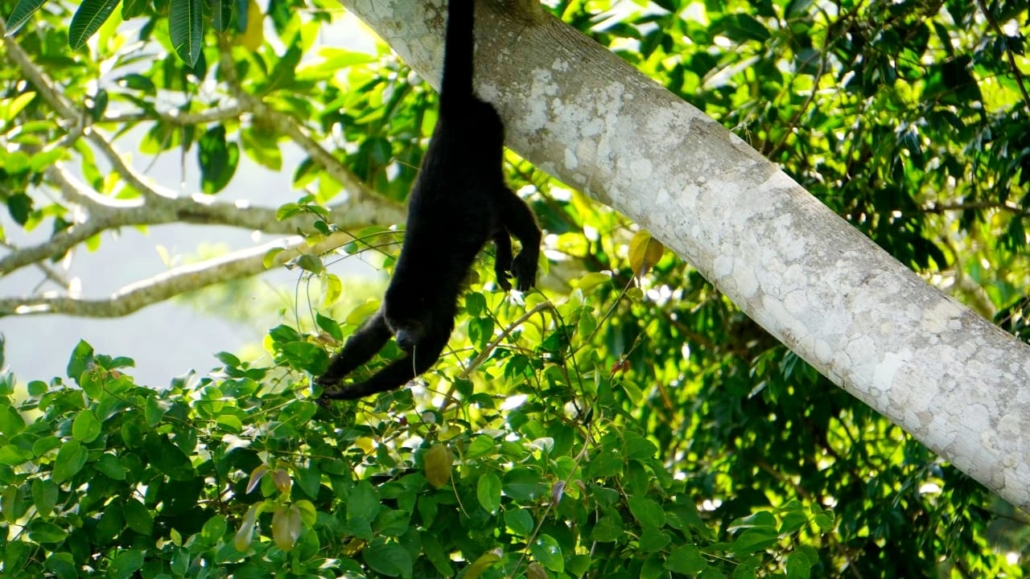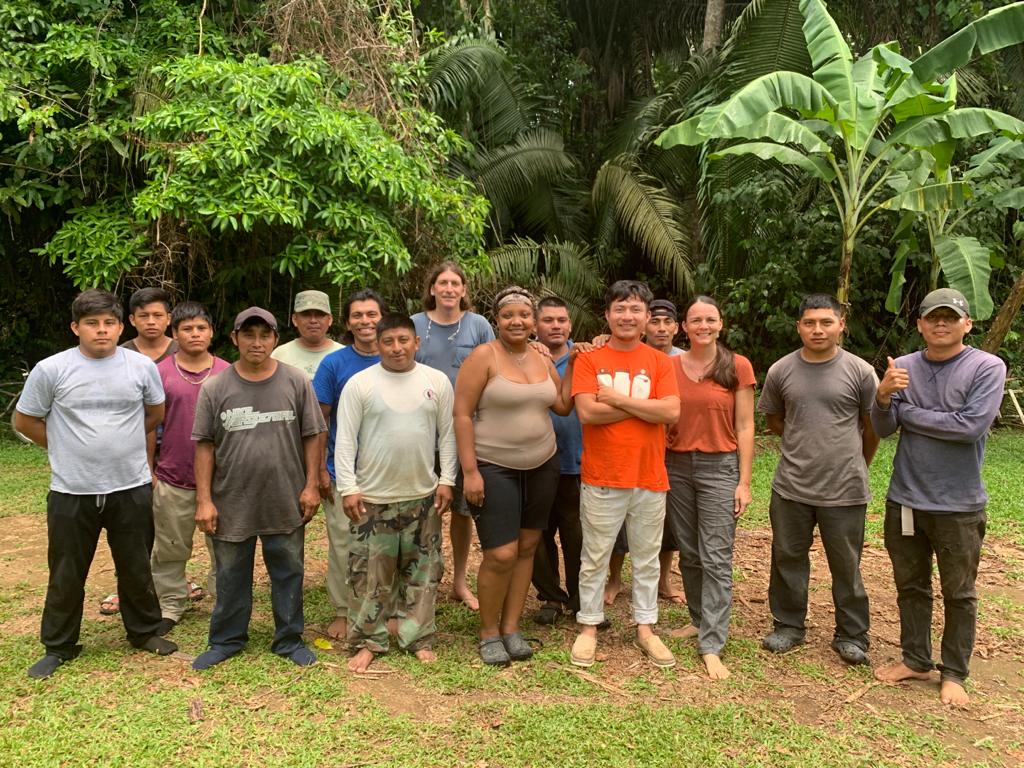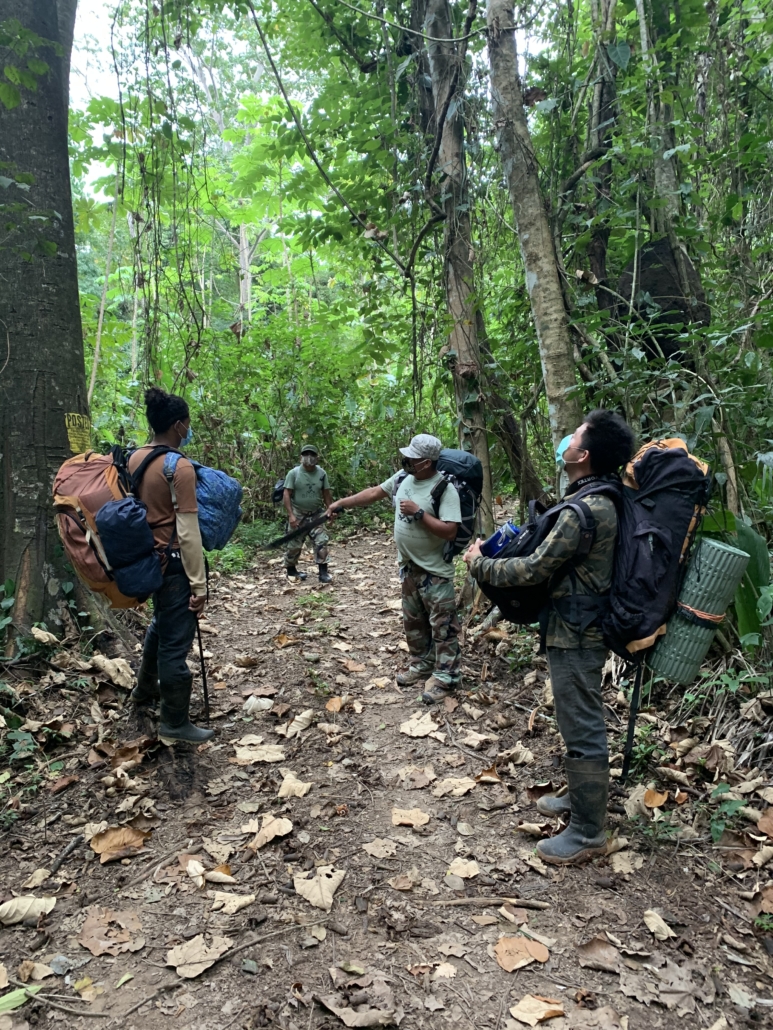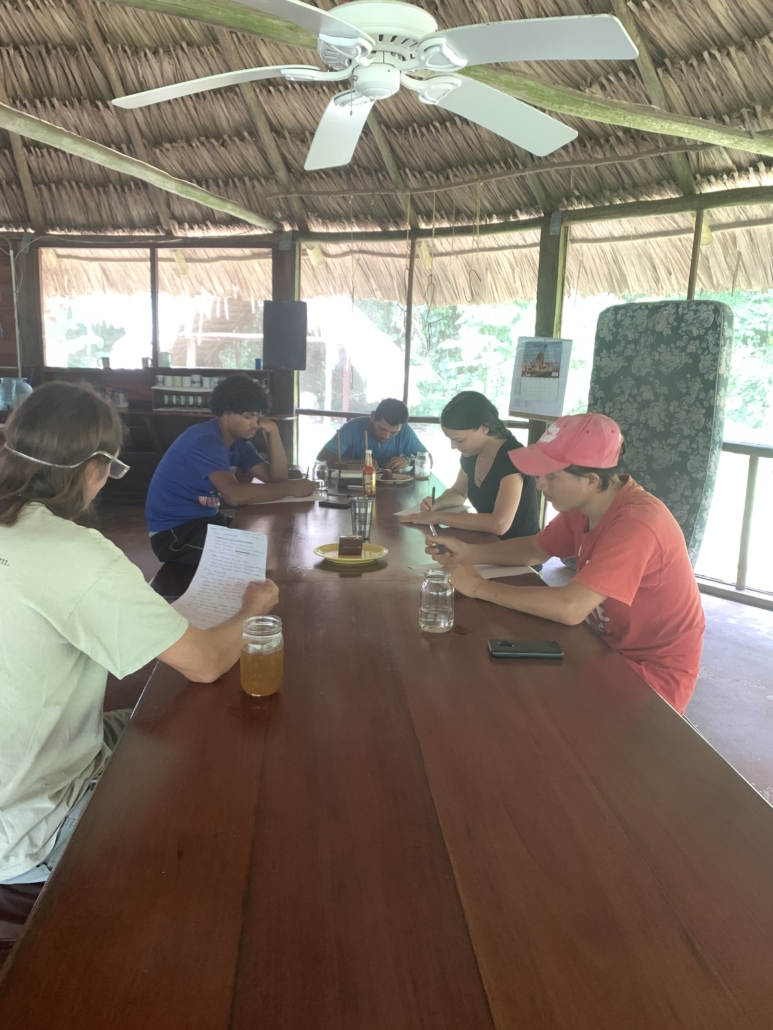Roses and Thorns: A Reflection on Life at BFREE by Cacao Fellow Graduate
There are experiences in life that can be considered life-changing, but nothing compares to spending about 70% of two years in the rainforest. I can confidently say that the two-year fellowship program at BFREE has been one of the most transformative experiences of my life.
It all began when I came across a Facebook ad about an opening at BFREE for a Fellowship position. Applying was a no-brainer for me, as I was tired of being confined to a small cubicle in my previous job. A few days after applying, I received an email from Heather inviting me for an interview. I vividly remember my first trip on the entrance road – I was supposed to get a ride in and ended up helping push a pickup truck along with some of BFREE’s staff. I won’t pretend that I enjoy traveling the entrance road, but as with most things in life, there are silver linings. For instance, I began to consider the 14 km trek as a great workout—truly a win-win situation!
To call myself a “naturalist” would be an understatement; many times, I find myself at peace when I’m lost in nature. If I’m not alone, I’m probably with Nelly, Heather, or Mario, engaged in a friendly competition of bird recognition—mind you, I had never been involved in birding before. The abundance of bird species at BFREE intrigued me, leading me to learn as much as I could from these amazing creatures. Another wonderful aspect of working at BFREE has been the chance to share cultural experiences with guests from other countries. Meeting and connecting with people who are passionate about conserving the environment is an incredible feeling.
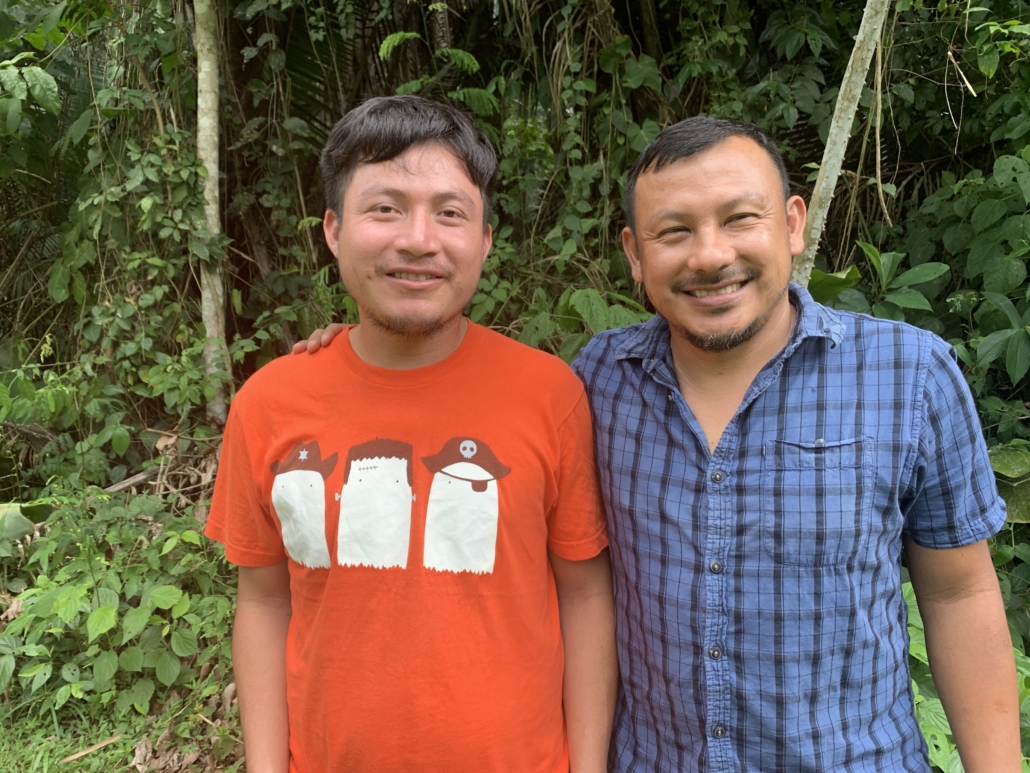
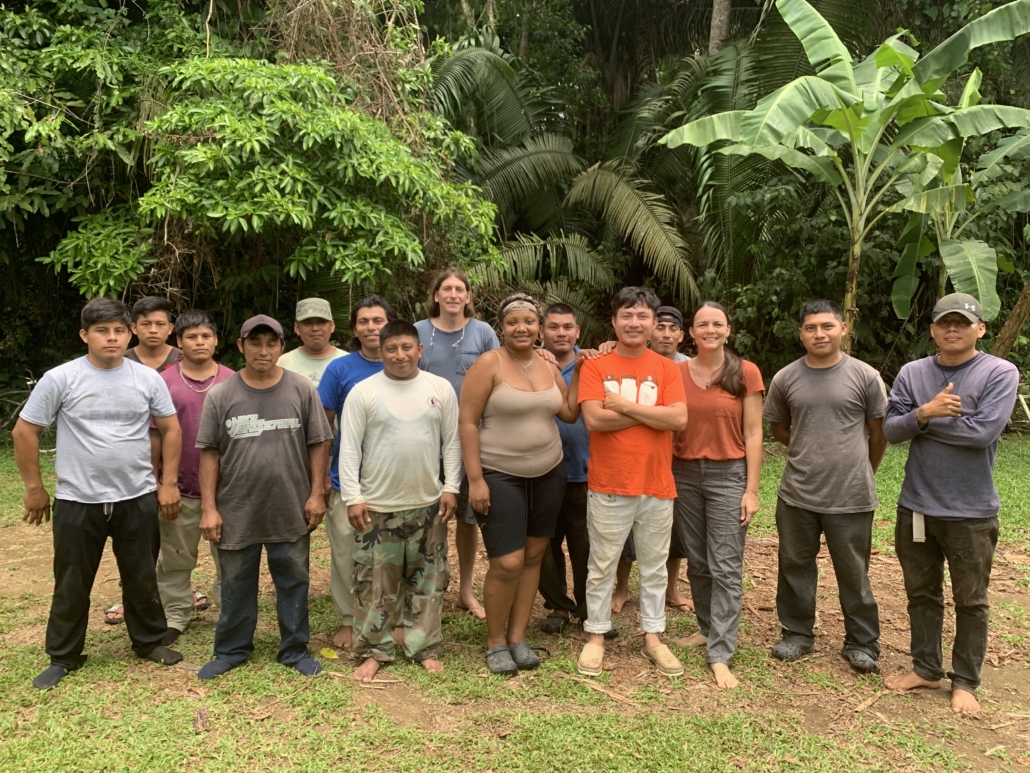
The most significant highlight of my time at BFREE was being mentored by Mr. Erick Ac, a prominent agronomist from Guatemala. Under his guidance, I learned everything from seed germination to pruning grafted Criollo cacao trees in the field. BFREE’s relatively new initiative of propagating wild cacao in degraded landscapes is fascinating, as it aims to tackle two main problems. The first is preserving cacao genetics, and the second is restoring degraded landscapes through agroforestry.
I was initially skeptical about the project, but now, three years later, the Crioco staff has harvested a few hundred kilograms of wet cacao beans. This success shows that the project is achieving its objectives. I am even more enthusiastic because of this, and I strived to maintain accurate data to support the extension of this project. Such efforts align with BFREE’s vision of research and addressing scientific questions within the Bladen and Maya Mountain region.
The cacao program has opened up other remarkable opportunities for me. BFREE generously awarded me a partial scholarship to complete my undergraduate degree at the University of Belize. Moreover, I’ve been honored with a unique scholarship from the University of Tennessee, Knoxville (UTK), where I am pursuing a master’s degree in Entomology and Plant Pathology. This special scholarship is a result of the collaboration between UTK and BFREE in the cacao program over the past few years.
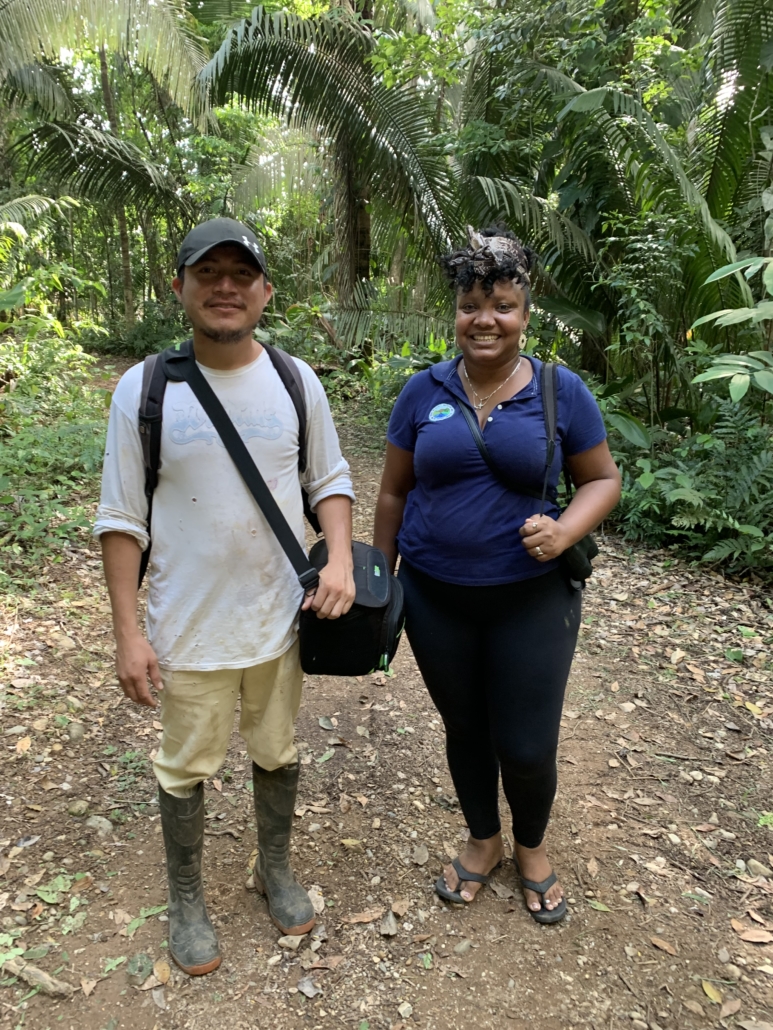
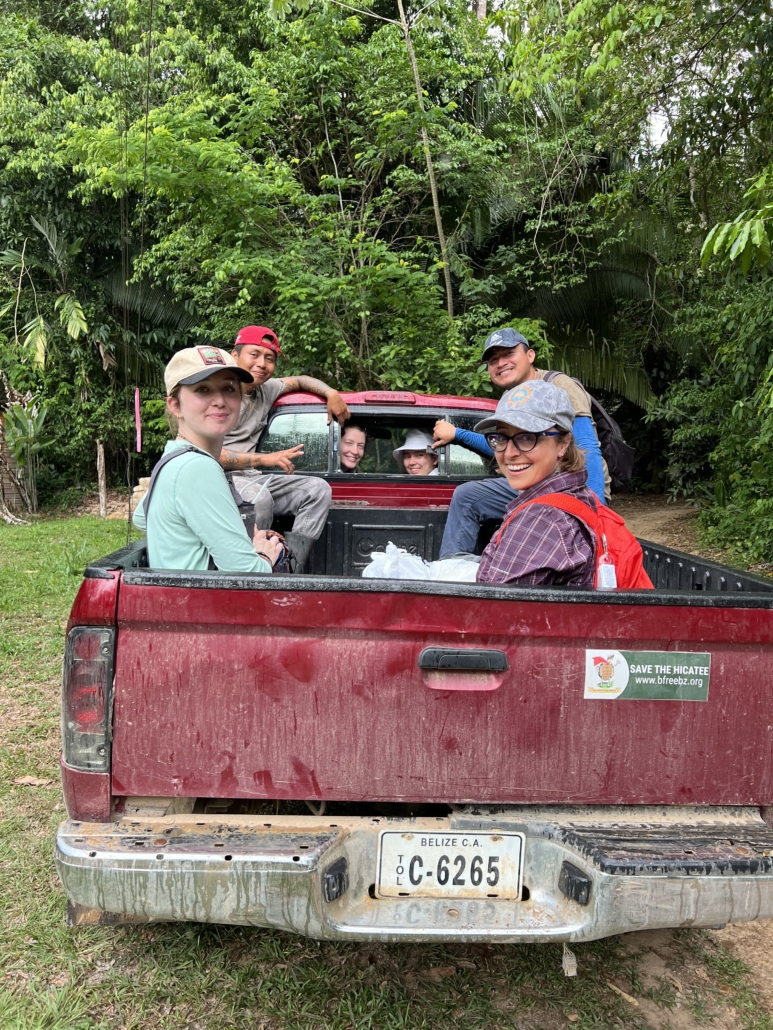
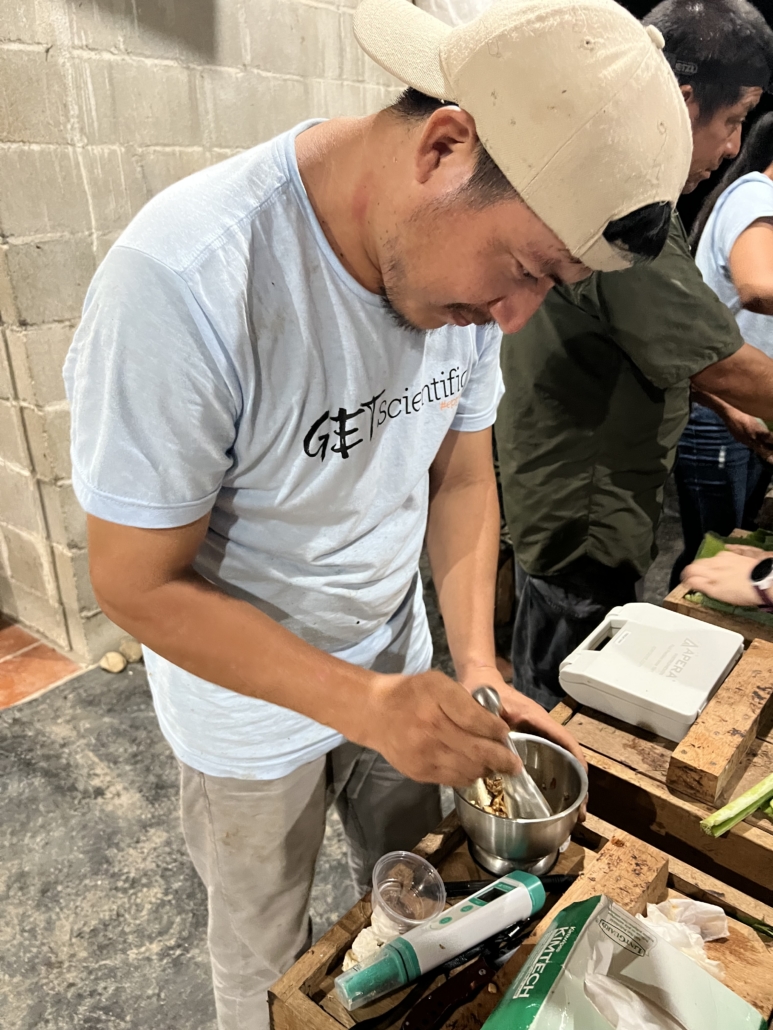
My aim is to carry forward my research in cacao production and contribute insights into pest and disease management. The support that I have received exemplifies BFREE’s dedication to help provide opportunities for marginalized groups. I’m deeply thankful for the invaluable learning experiences I gained at BFREE and appreciative of the fellowship opportunity offered by Mr. Jacob Marlin and Ms. Heather Barrett. I’m also grateful to the friends and professors I’ve met along the way, especially Dr. Denita Hadziabdic Guerry and Dr. DeWayne Shoemaker, for their significant contributions to my academic development.


